Not Banned By Law
Japan has long prohibited the export of weapons with the self-imposed Three Principles on Arms Exports, but these were replaced by the new Three Principles on Transfer of Defense Equipment under the Abe administration in 2014.
How do these two principles differ and what impact do they have?
First and foremost, it is important to understand that neither Principles are official laws enacted by parliament, though they are often treated as such. Both are just government policies, specifically outlining how existing trade control laws should be implemented in order to prevent unintended military use.
To put it more simply, they are declarations by Japanese government and can be changed solely through cabinet decisions without official legislative procedures.
The Original Principles
So, What were the original Three Principles on Arms Exports?
Established during the Sato administration in 1967, the original principles banned exports to the following parties :
- Communist bloc countries (Soviet and Warsaw Pact etc.)
- Countries where arms exports are banned by UN resolutions
- Parties directly or potentially involved in conflicts
However, a government statement released by the Miki administration in 1976 further elaborated on these principles and basically “discouraged” arms export in general.
The stringent restrictions was in line with Japan’s pacifist stance, and even industrial products were subject this self-restraint if they had potential for any military use such as weapons manufacturing.
With this new interpretation, any arms export or joint development of weapons became virtually impossible, but there were obvious exceptions.
For instance, Japan’s only official ally, the United States, was practically exempted from this ban, enabling joint development and transfer of military technology.
In sum, the Three Principles on Arms Exports was a self-restraint in exports laid out by three core principles and later supplemented by additional provisions.
Export Allowed By New Principles
Whereas the Three Principles on Arms Exports prohibited military-related export in general, the new Three Principles on Transfer of Defense Equipment set in 2014 reversed this policy – permitting export of defense equipment as long as they met specific requirements.
The new principles used the term “equipment” instead of weapons to increase flexibility and broaden the category to include non-lethal products such as bulletproof vests and helmets.
Regarding the specific conditions, the new Three Principles prohibits export to the following cases :
- Violation of international treaties or agreements
- Violation of UN resolutions
- Parties directly involved in conflicts
There might not be much change on the surface if we compare just the core principles, but the official interpretation by the Miki administration was nullified, significantly loosening the self-restraint.
Nevertheless, this does not mean Japan has completely freed itself from the self-imposed restrictions.
Associated guidelines were added to the new Three Principles in order to specify provisions regarding equipment transfer, management, and information disclosure.
For example, the military equipment intended for export must fall within the following categories – rescue, transportation, surveillance and mine-sweeping.
These guidelines still prevent Japan from acting like other normal countries, but it does mark a significant breakaway from the previous restrictions considering the fact that lethal weapons can be exported if their purpose match the specified categories.
Enabling Indirect Military Support
So, what does this mean for Japan and the world?
With the self-restraint imposed by the Miki administration deleted, Japan is able to show more flexibility in military support towards other countries.
Even though the associated guidelines outline specific conditions, these are easier to revise compared to official government interpretations, and the Kishida administration has already further relaxed the restrictions.
The Kishida administration has already permitted exporting licensed produced weapons/ammunition, such as Patriot Missiles, back to the United States upon request.
This means Japan can resupply the United States’ inventory as Washington sends its own Patriot Missiles to Ukraine, thus acting as indirect military support.
Of course, many have expressed concerns or criticized this approach as an departure from pacifism, exacerbating international conflicts.
But, as a responsible member of the international community that has long enjoyed the benefits of the existing order, Japan must fulfill the responsibility of maintaining it and this will inevitably include a military aspect regardless of domestic opposition.

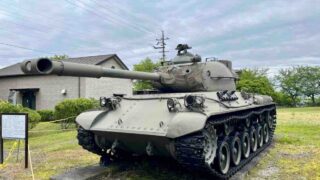
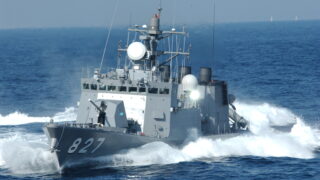

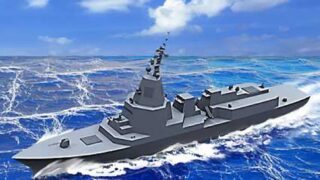
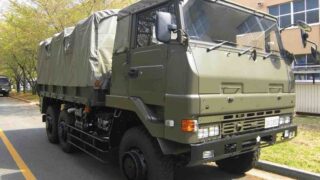
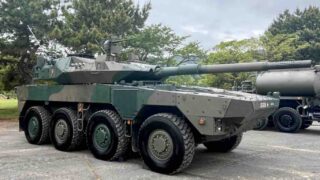
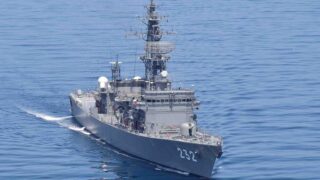
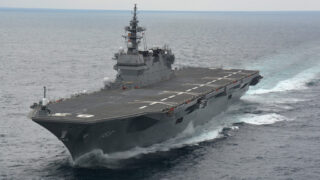
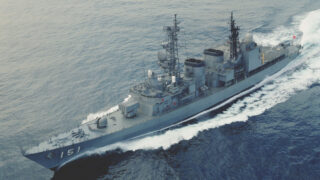
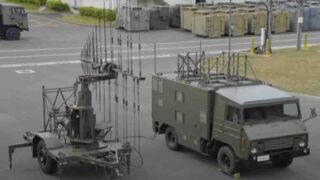
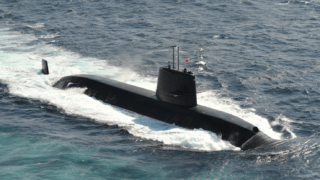
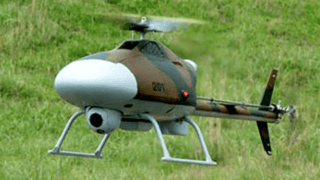
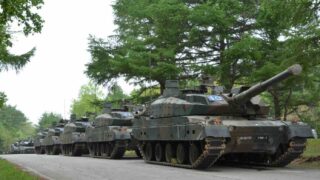
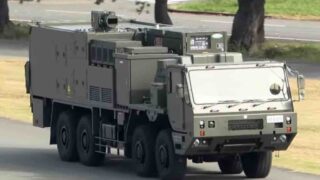
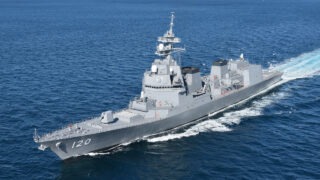
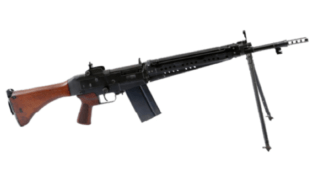
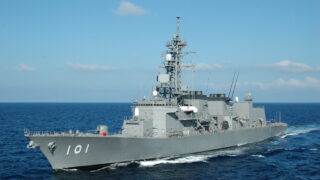
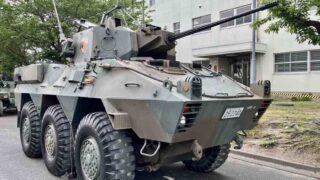

Comments